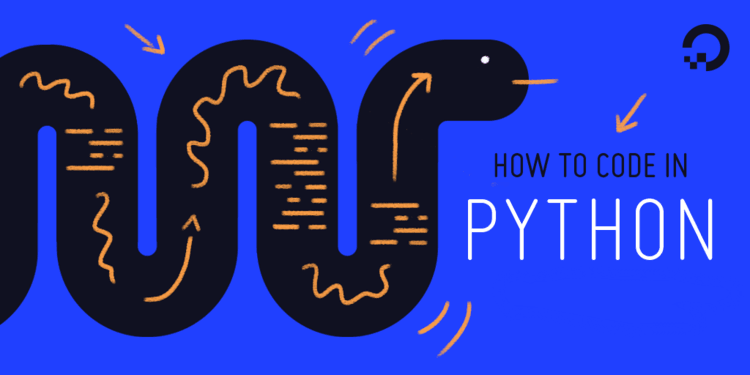Python += operator is often used for concatenating list in Python. Python += list expression is similar to the list + list expression but they operate differently.
Consider the following example in Python:
a1 = a2 = [1, 2]
a2 = a2 + [3]
print(a1) # output [1, 2]
print(a2) # output [1, 2, 3]
b1 = b2 = [1, 2]
b2 += [3]
print(b1) # output [1, 2, 3]
print(b2) # output [1, 2, 3]As you can notice, a2 = a2 + [3] expression only modifies the list on which it is operating, but b2 += [3] changes the values of both b1 and b2.
Why list =list + list behaves differently from list += list?
It is because of the difference in the implementation of the __iadd__ and __add__ methods in Python.
+= tries to call the __iadd__ method associated with the operating object, if it is not available it uses _add_ method instead.
The inbuilt __iadd__ method implements in-place addition, that is it mutates the object that it acts on. whereas the __add__ method returns a new object after the addition operation.
Since __iadd__ mutates the object that it acts on, it is only available for mutable types like a list.
For immutable types like string, tuple, integer, etc (where the __iadd__ is not available) the a += b expression becomes equivalent to a = a + b and as a result the plain __add__ method is used which returns a new object.
It is __add__ method, which is called behind the scenes when we use
a = a + bin Python.
Conclusion
The use of += on mutable object mutates the object i.e. the reference remains the same. For immutable object a new reference is returned as a result.
That’s why using += on a list changes the values of all list referencing the same object.
